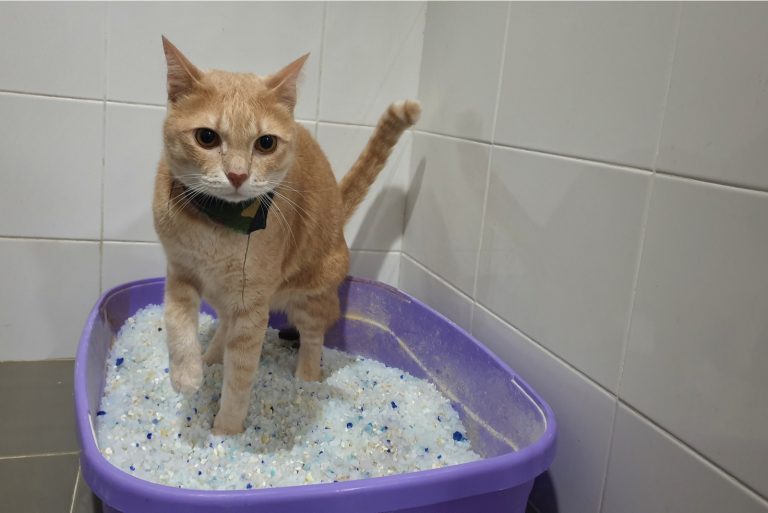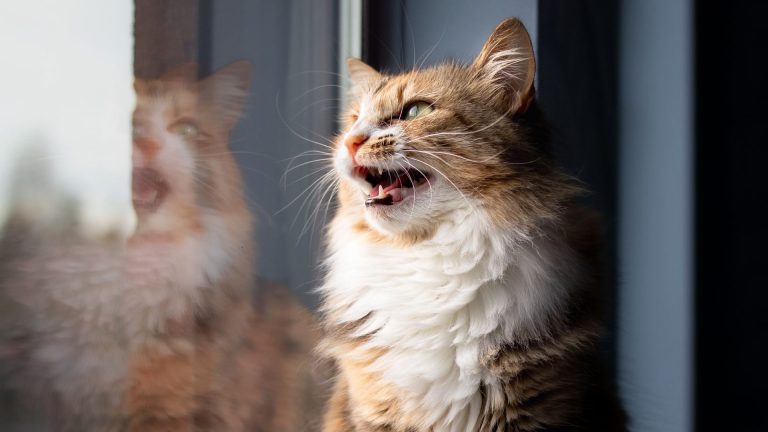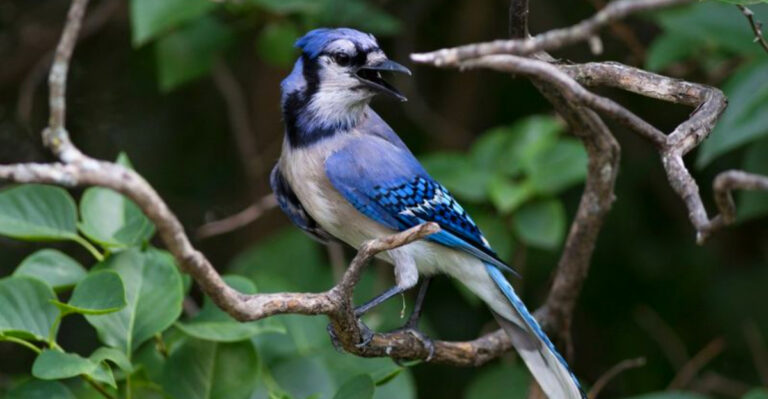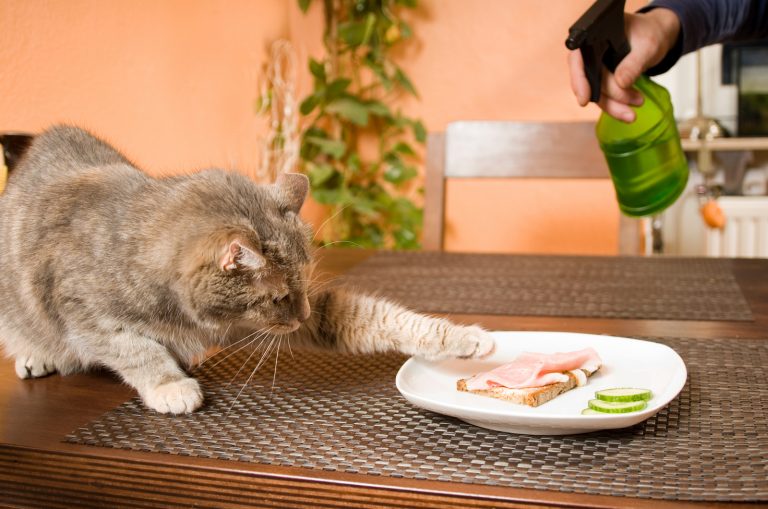Top 10 Animal Myths Americans Still Believe And Why They’re Wrong
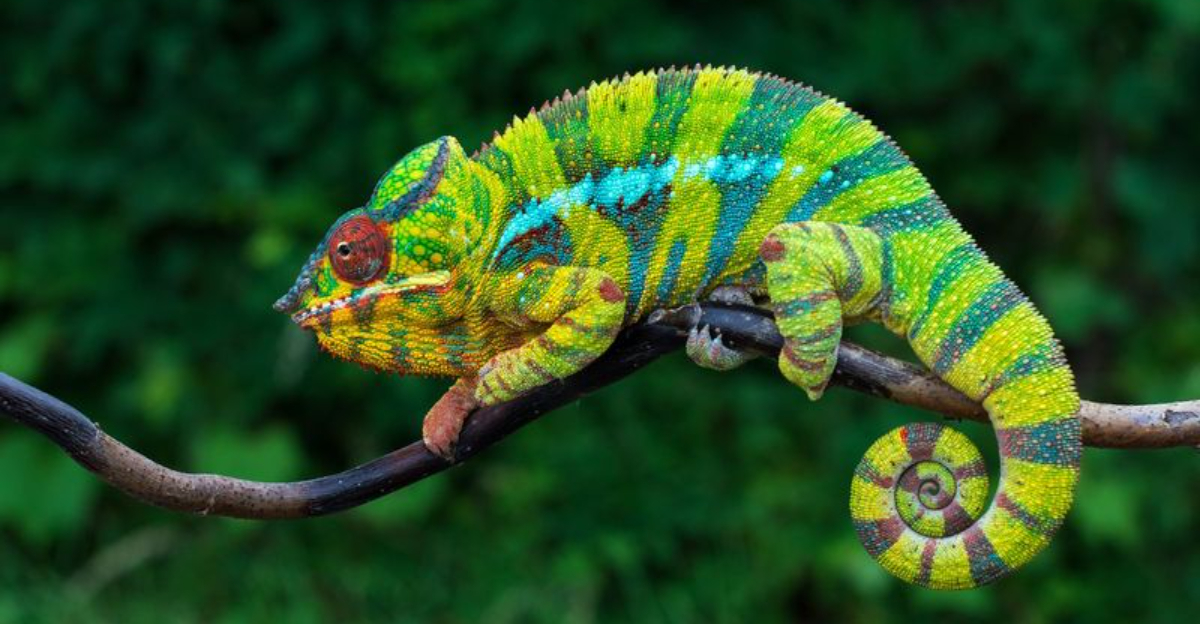
Ever wonder why we believe certain things about animals that just aren’t true? From childhood stories to movies, we’ve picked up some pretty wild ideas about wildlife.
These myths have become so common that many Americans accept them without question. Let’s bust some of these persistent animal misconceptions with cold, hard facts!
1. Snakes Are Slimy
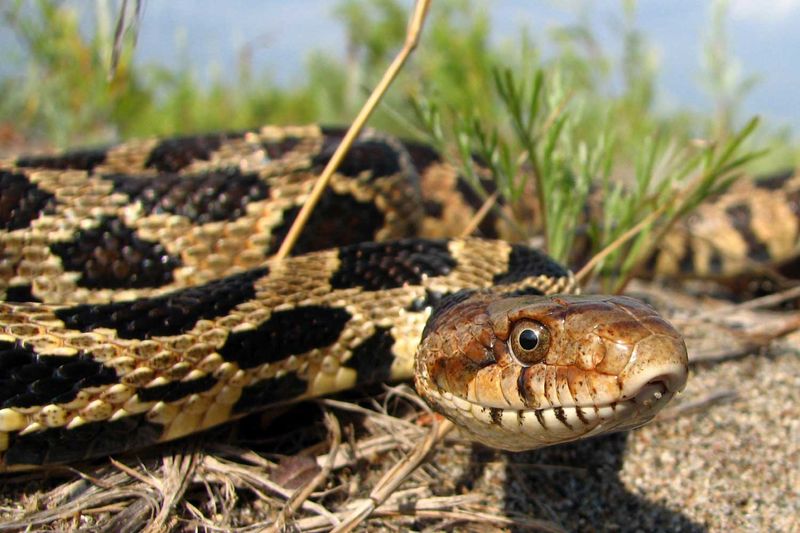
Touch a snake and you’ll be surprised! Their scales feel dry and smooth, similar to polished wood. The sleek, shiny appearance creates an optical illusion that makes many people assume they’re wet or slimy.
This misconception persists partly because snakes are often portrayed in media alongside frogs and other amphibians, which actually do have moist skin.
2. Bats Are Blind
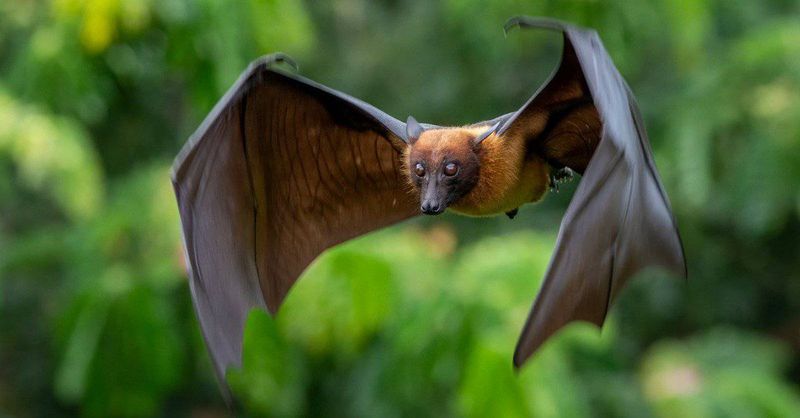
“Blind as a bat” couldn’t be further from the truth! All 1,400+ bat species have functioning eyes that work quite well. While microbats primarily rely on echolocation, fruit bats have excellent vision, sometimes better than humans.
The myth likely spread because bats are nocturnal and navigate primarily through sound in darkness.
3. Porcupines Shoot Their Quills
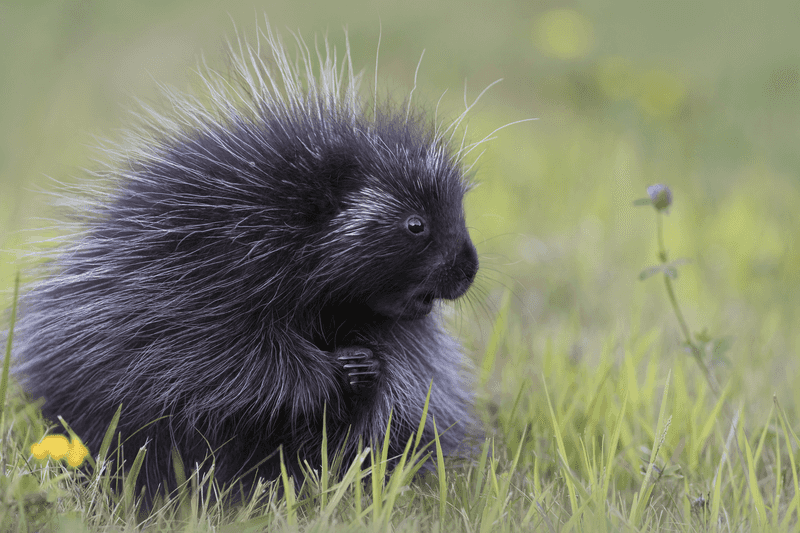
Contrary to popular cartoons, porcupines don’t launch quills like tiny missiles! These quills detach easily when touched, creating the illusion they’ve been shot.
The barbed quills have microscopic backward-facing hooks that make them difficult to remove once embedded in a predator’s skin. When threatened, porcupines actually back up toward danger, not fire away.
4. Rats And Mice Love Cheese
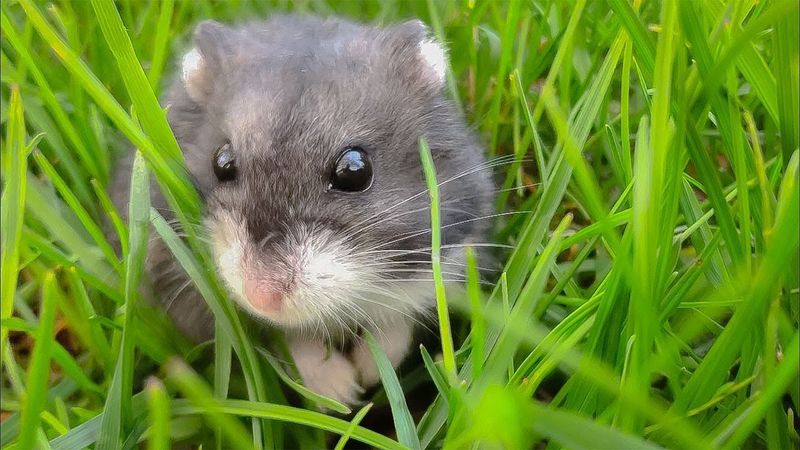
Tom and Jerry led us astray! Laboratory studies show that rodents actually prefer foods high in sugar and carbohydrates over dairy products. Their powerful sense of smell finds cheese’s strong aroma overwhelming rather than appetizing.
Professional pest controllers use peanut butter, chocolate, or seeds as bait because these foods better match rodents’ natural preferences.
5. Goldfish Have A Three-Second Memory
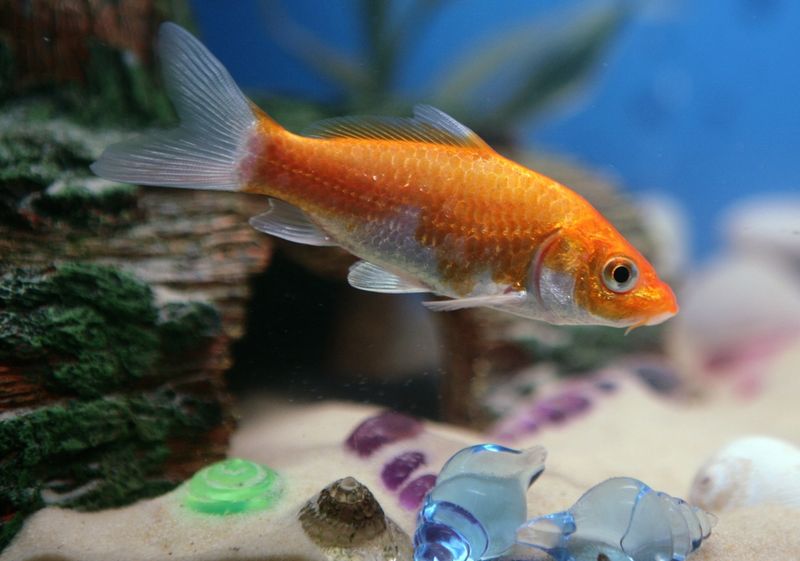
These underestimated aquatic pets can remember things for months, not seconds! Scientists have successfully trained goldfish to respond to specific sounds, follow routines, and even recognize their owners.
One study showed goldfish could be trained to push a lever for food at specific times of day, proving they maintain time-awareness and memory far beyond three seconds.
6. Lemmings Commit Mass Suicide
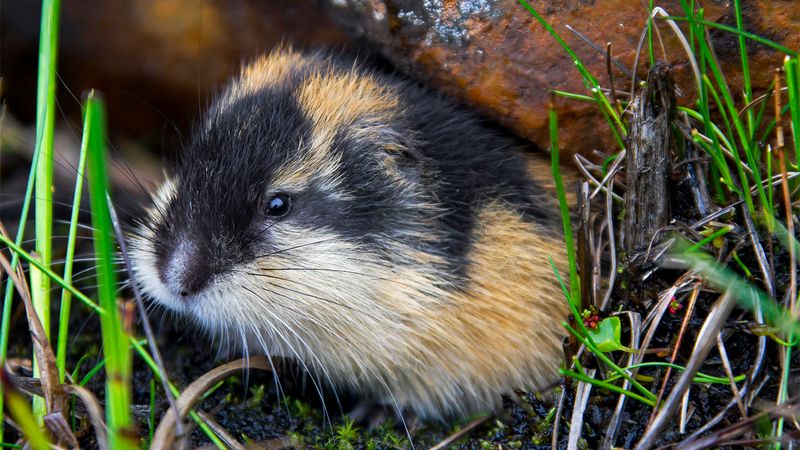
The infamous lemming suicide myth began with Disney’s 1958 documentary “White Wilderness,” where filmmakers actually pushed the small rodents off a cliff for dramatic footage! In reality, lemmings are simply migratory animals that occasionally fall during dangerous water crossings.
Population booms force them to spread out seeking food, not leap to their deaths.
7. Ostriches Bury Their Heads In The Sand
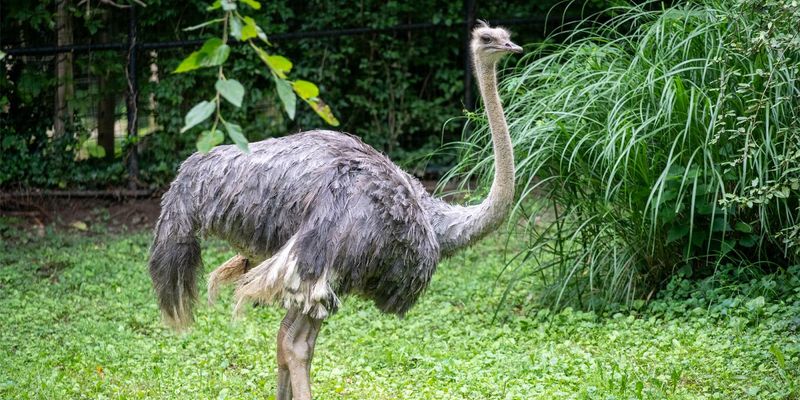
An ostrich plunging its head underground would quickly suffocate! This myth originated from their nesting behavior – they use their beaks to turn eggs in shallow ground nests, appearing headless from a distance.
When truly threatened, these birds can sprint at 45 mph or deliver powerful kicks. Hiding their most vulnerable body part makes no evolutionary sense.
8. Chameleons Change Color To Blend In
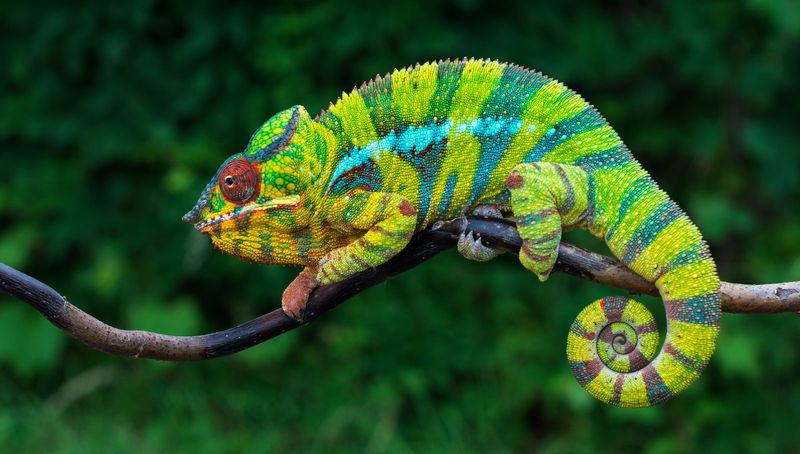
These remarkable reptiles aren’t trying to hide! Chameleons primarily change colors to regulate body temperature, communicate with other chameleons, and express emotions like fear or aggression.
Males often display bright colors during mating season to attract females. Their color-changing ability comes from special cells called chromatophores that contain different pigments and reflect light.
9. Sharks Can Smell A Drop Of Blood From Miles Away
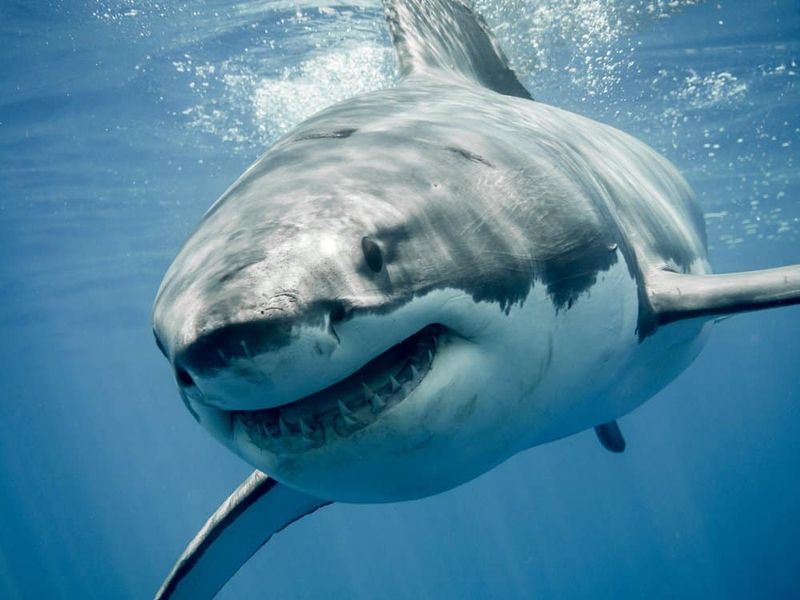
Hollywood has greatly exaggerated sharks’ impressive but limited abilities! While they possess extraordinary smell receptors that can detect blood diluted to one part per million, this sensitivity works at distances of several hundred yards, not miles.
Ocean currents, water conditions, and competing scents all affect a shark’s ability to detect blood. Many species prefer fish blood over mammal blood anyway.
10. Camels Store Water In Their Humps

Those iconic humps contain fat, not water! Camels survive desert conditions by metabolizing this stored fat, which releases water as a byproduct while providing energy. Their real water conservation superpowers come from specialized kidneys and nostrils.
Camels can drink 30 gallons in minutes and their oval-shaped blood cells continue flowing during dehydration, unlike our round ones that clump together.

